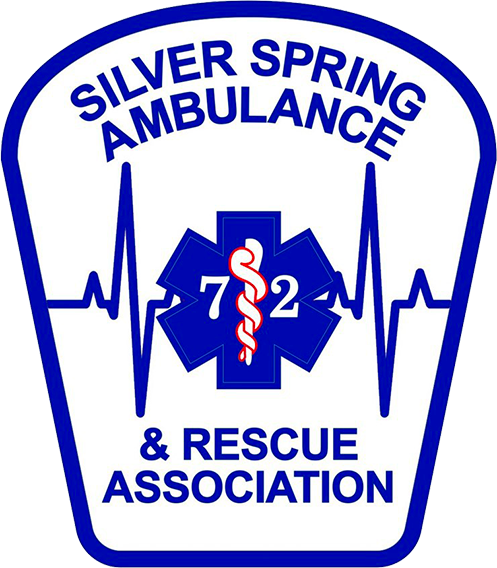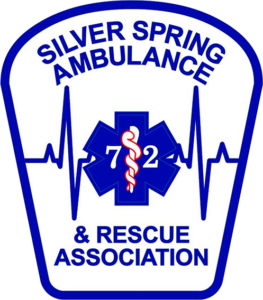What is Basic Life Support (BLS)? What is Advanced Life Support (ALS)? Why is there a difference?
Basic Life Support is the keystone to Emergency Medical Services. The primary functions of BLS includes providing care and transportation of lower acuity emergencies, as well as providing the transportation and initial care to higher acuity emergencies. BLS providers are trained to recognize and administer (or assist in the administration of) certain time-sensitive medications, such as rescue inhalers, epinephrine auto-injectors and oxygen. BLS ambulances are staffed with at least one Emergency Medical Technician, that has undergone nearly 200 hours of training and been tested to local, state and national standards.
Advanced Life Support units are staffed with Paramedics or Registered Nurses, and have undergone a minimum of 1,000 hours of training and education. ALS provides care for higher-acuity emergencies, such as fluid replacement through intravenous administration, means to correcting abnormal heart rhythms, and advanced methods of ventilating a patient who is unable to breathe on their own. All ALS providers are tested and certified to state and national standards, as well as locally by their agency's physician.
Both BLS and ALS providers are required to perform competency tests as well as continuing education to maintain their certifications.

